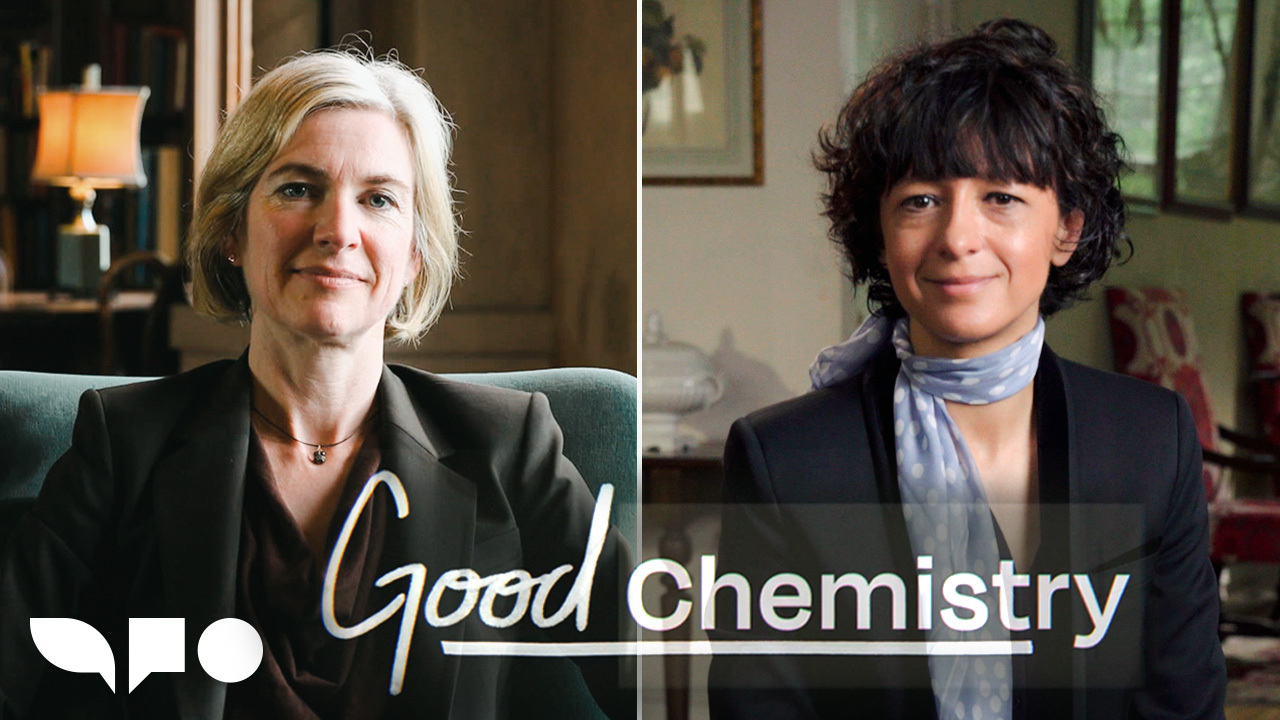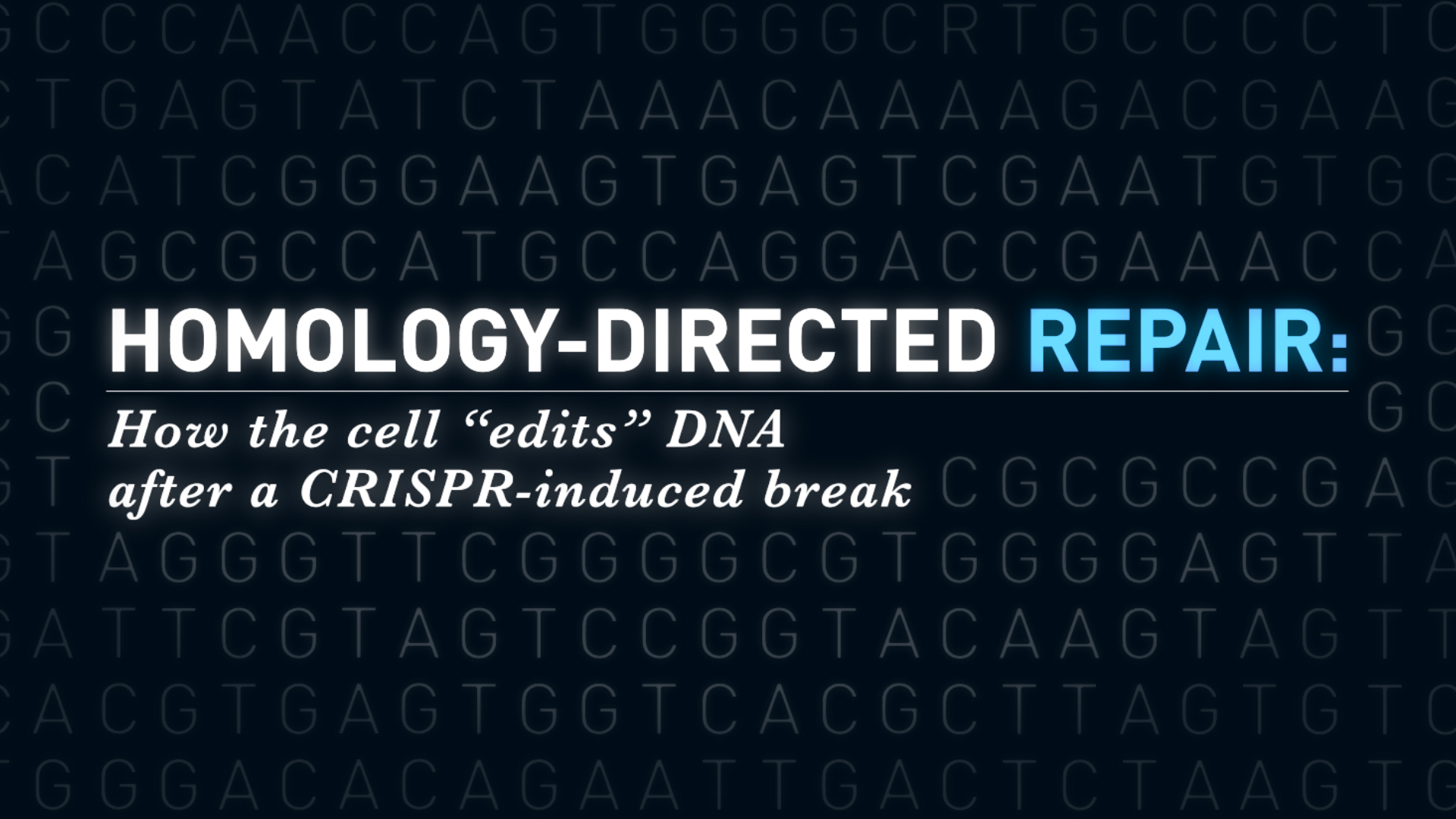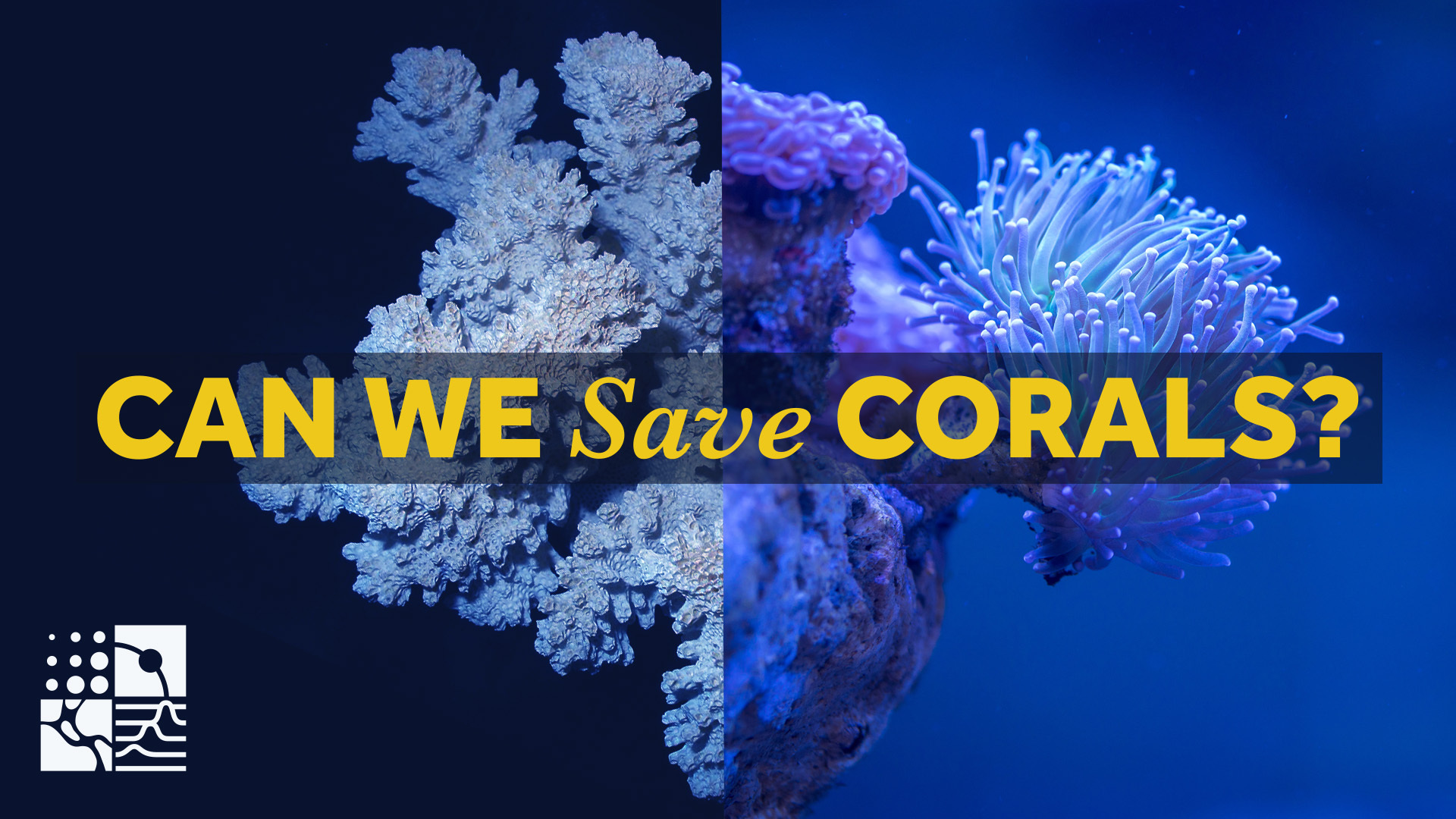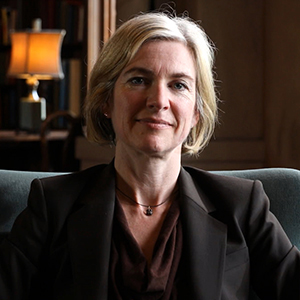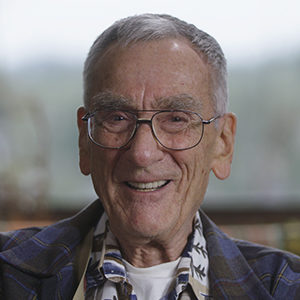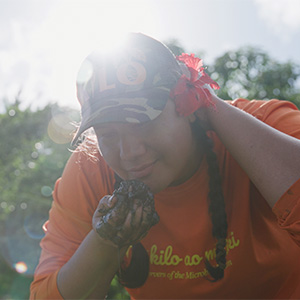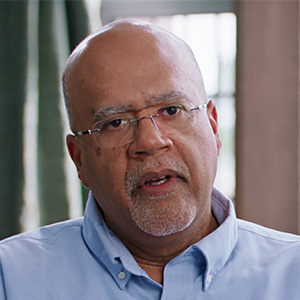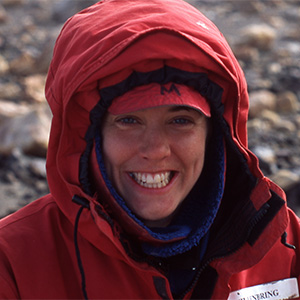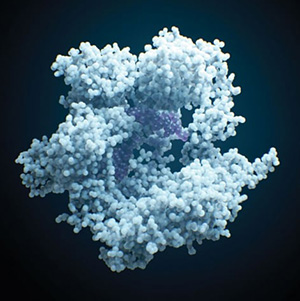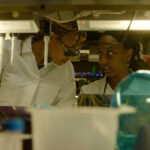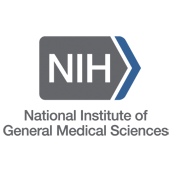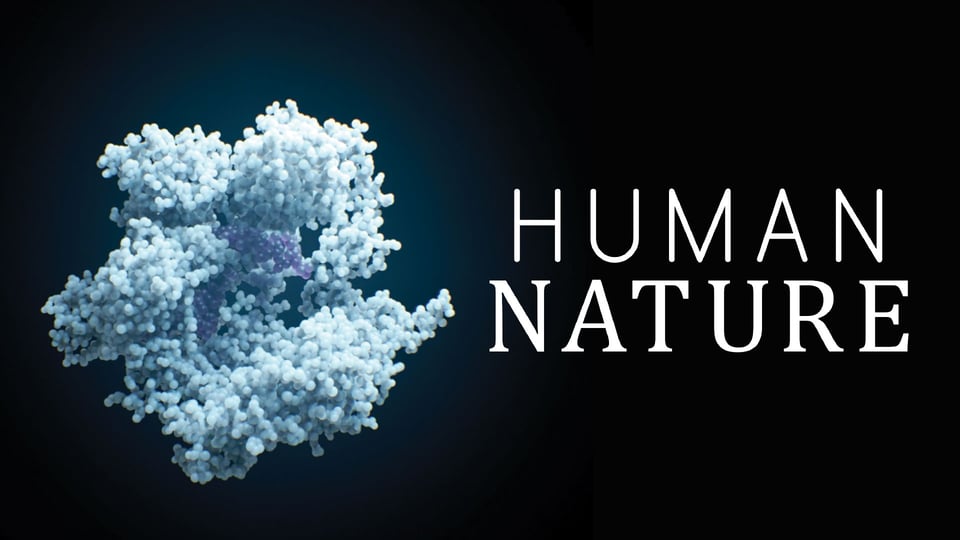
Human Nature
The story of CRISPR — the most important scientific discovery of the 21st century.
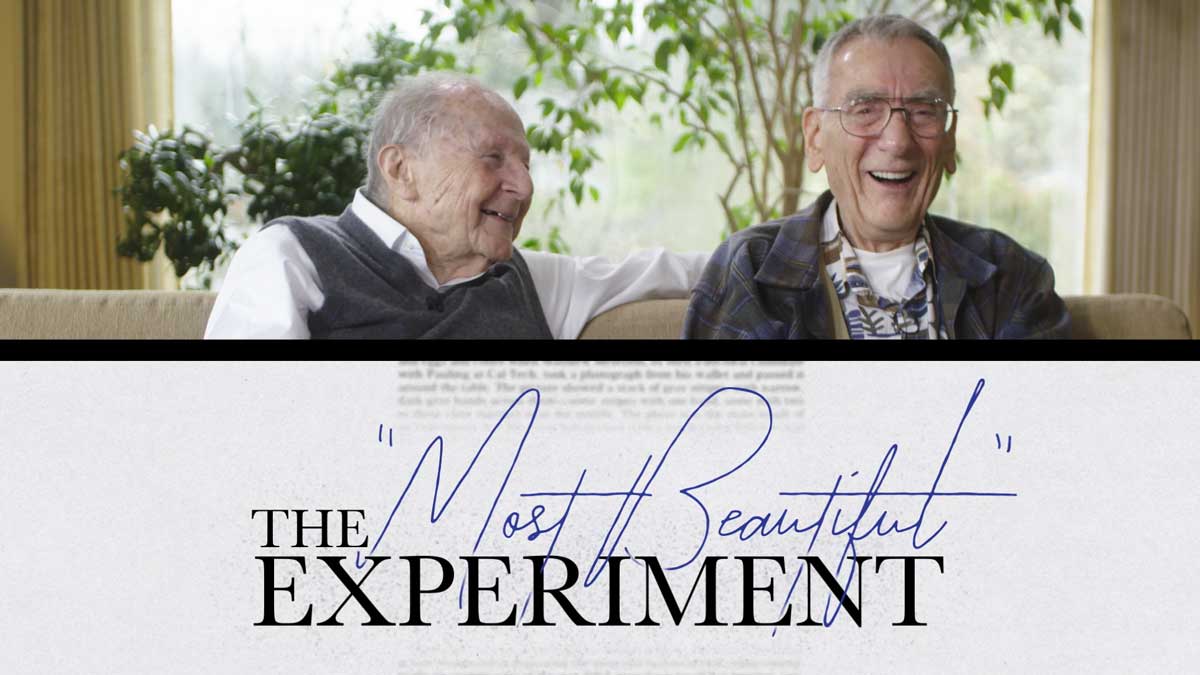
The Most Beautiful Experiment
Matt Meselson and Frank Stahl share the story of their groundbreaking experiment
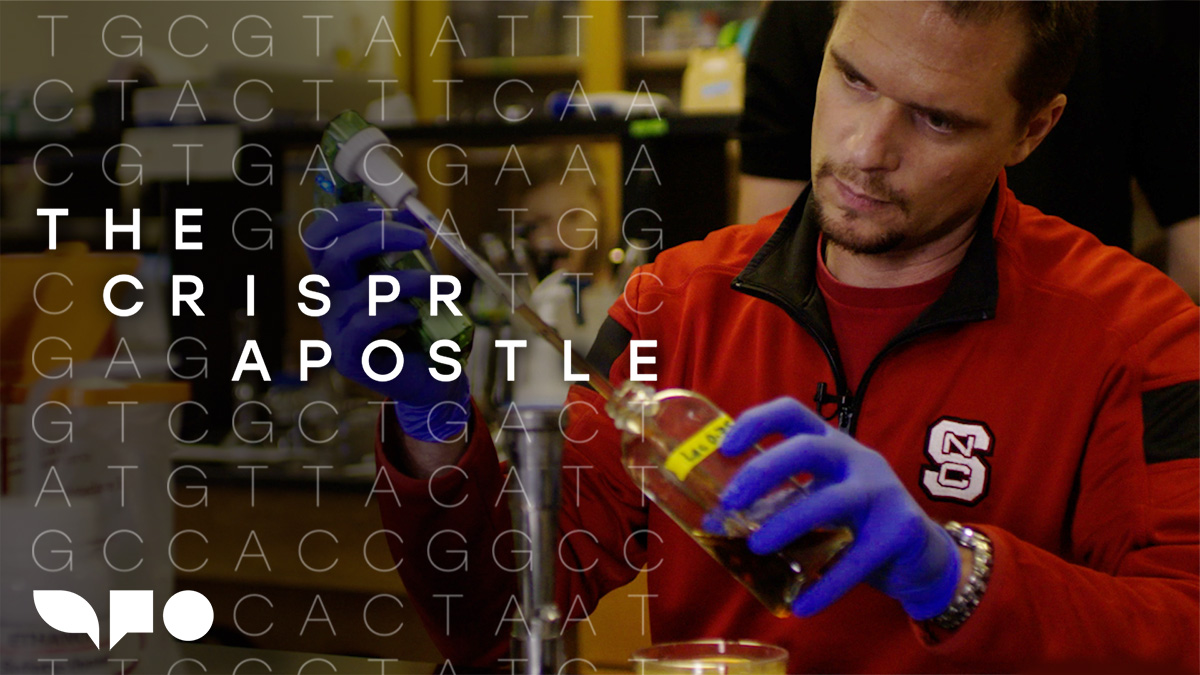
The CRISPR Apostle
Rodolphe Barrangou tells the story of his discovery that laid the groundwork for the gene editing revolution
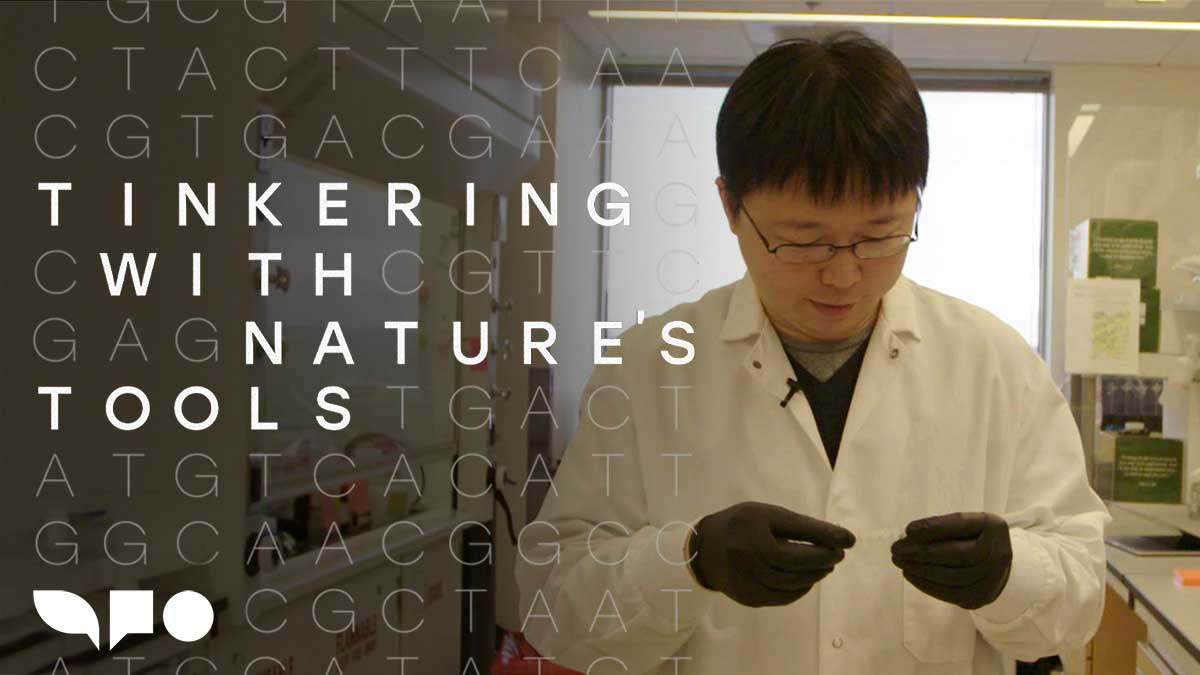
Tinkering with Nature’s Tools
Feng Zhang shares why CRISPR-Cas9 was such a groundbreaking tool.
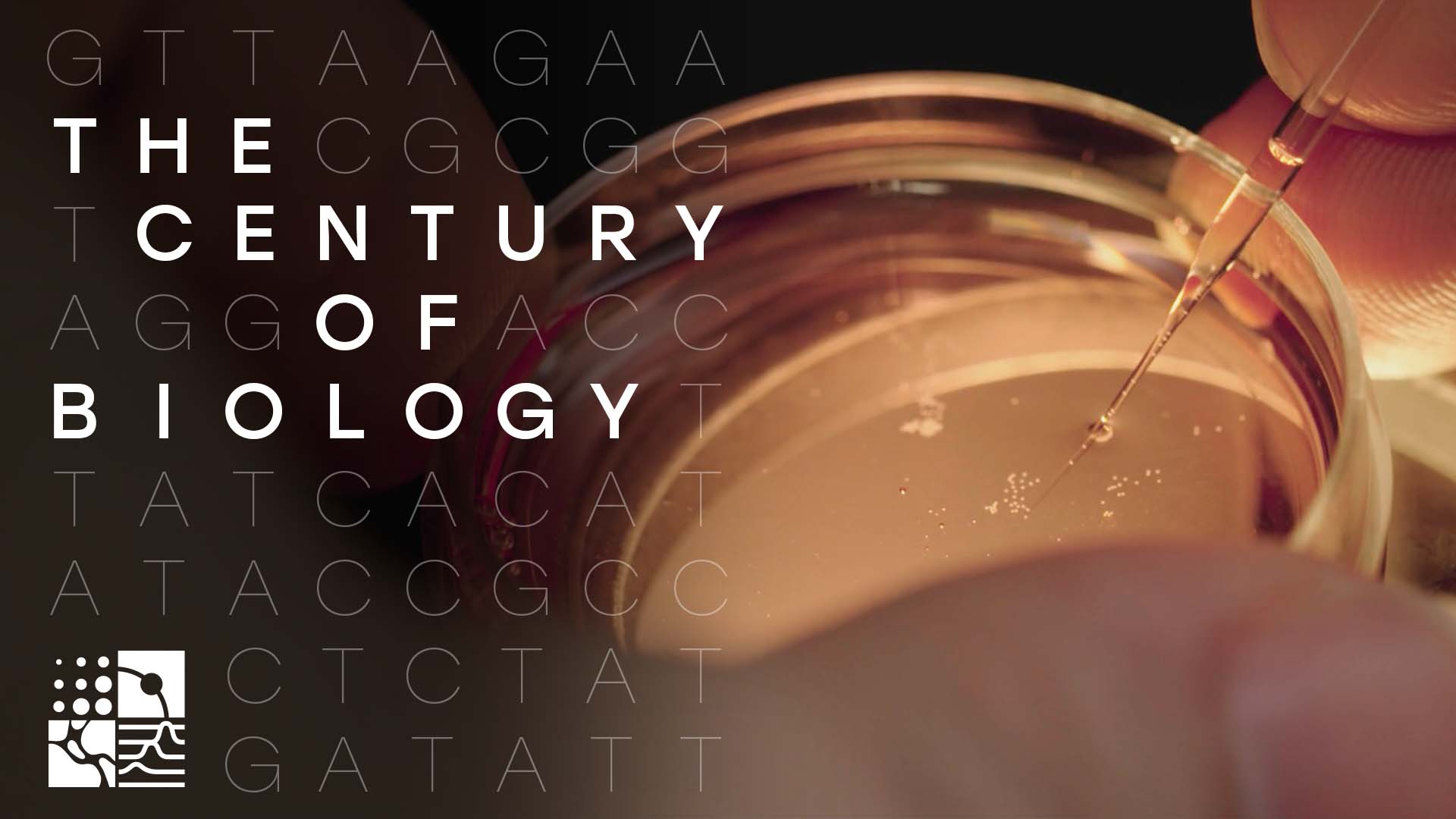
Century of Biology
CRISPR ethics and how it will impact our future
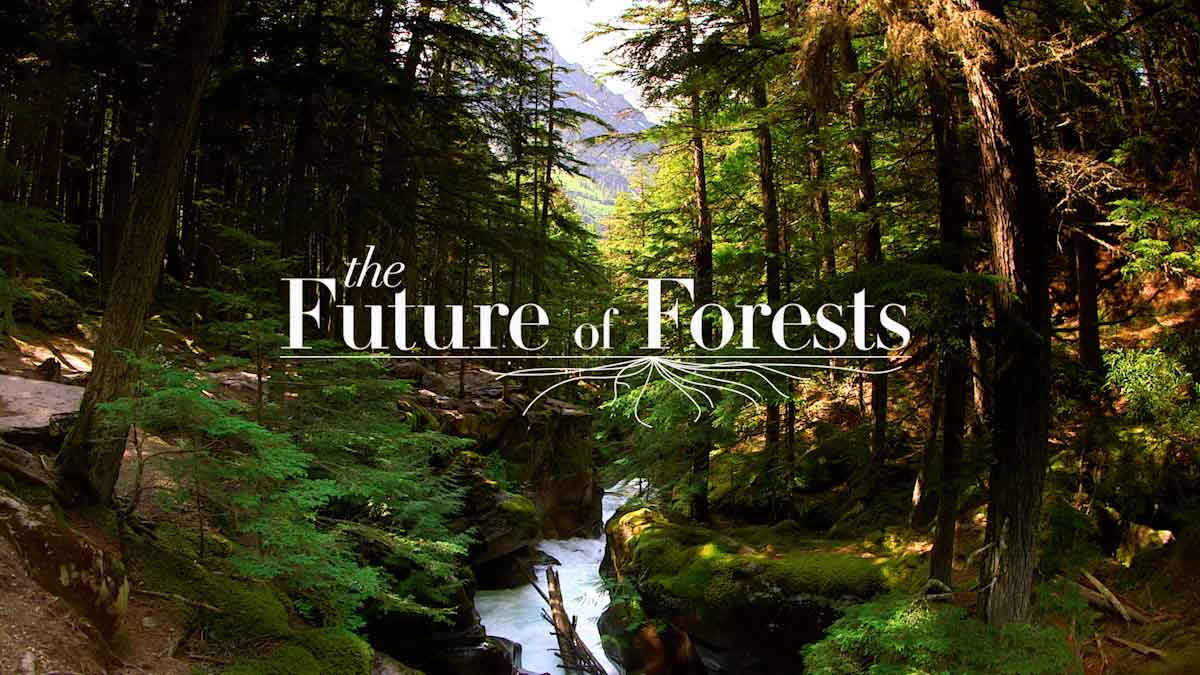
The Future of Forests
Will they survive the threats of climate change?
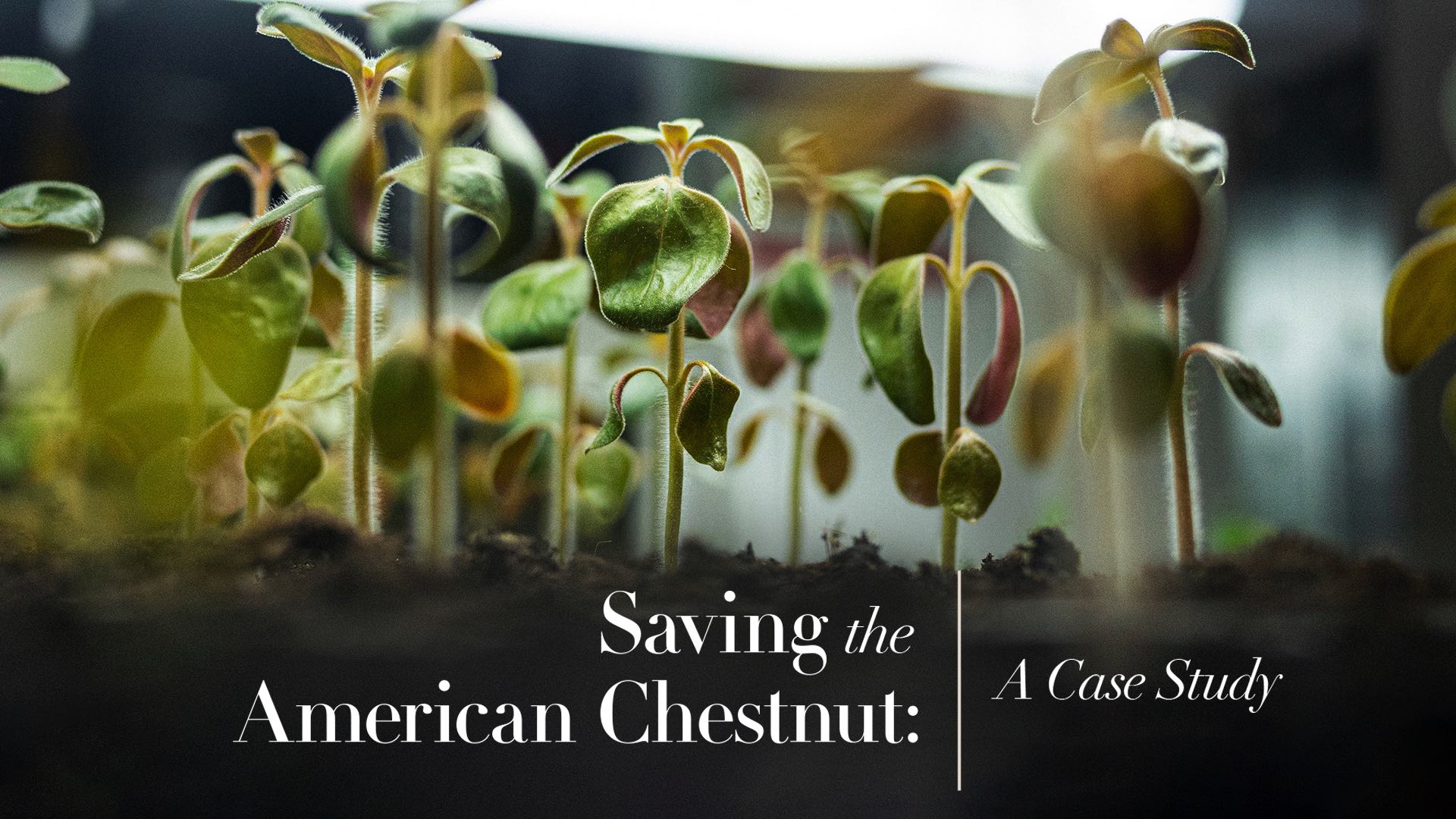
Saving The American Chestnut
A case study in genetic engineering

Gregor Mendel’s Famous Genetics Experiment
Shirley Tilghman tells the story of Mendel’s studies and how his data led to an understanding of how the information within genes is passed from generation to generation.
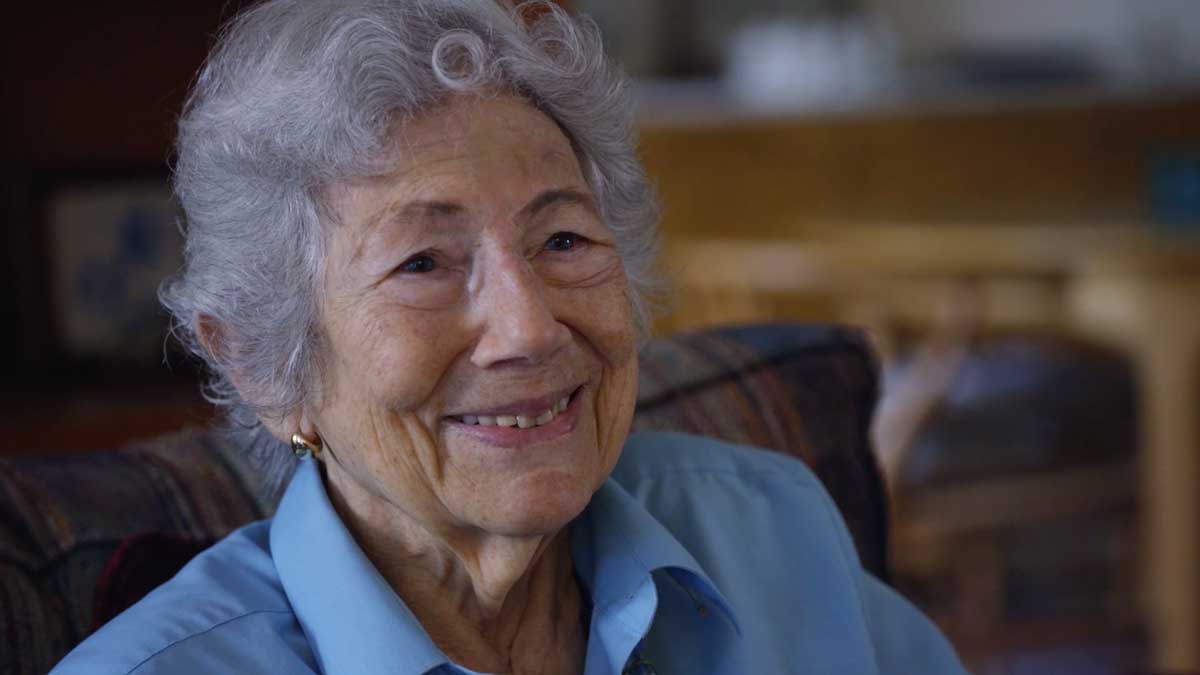
The SOS Response in Bacteria
Evelyn Witkin shares her journey to the discovery of the SOS DNA damage response in bacteria.
